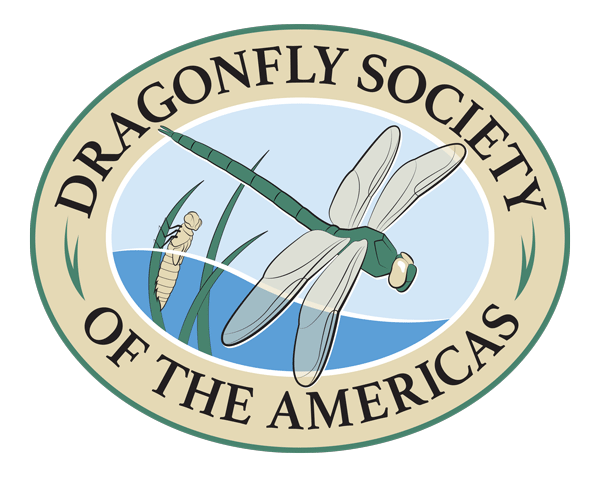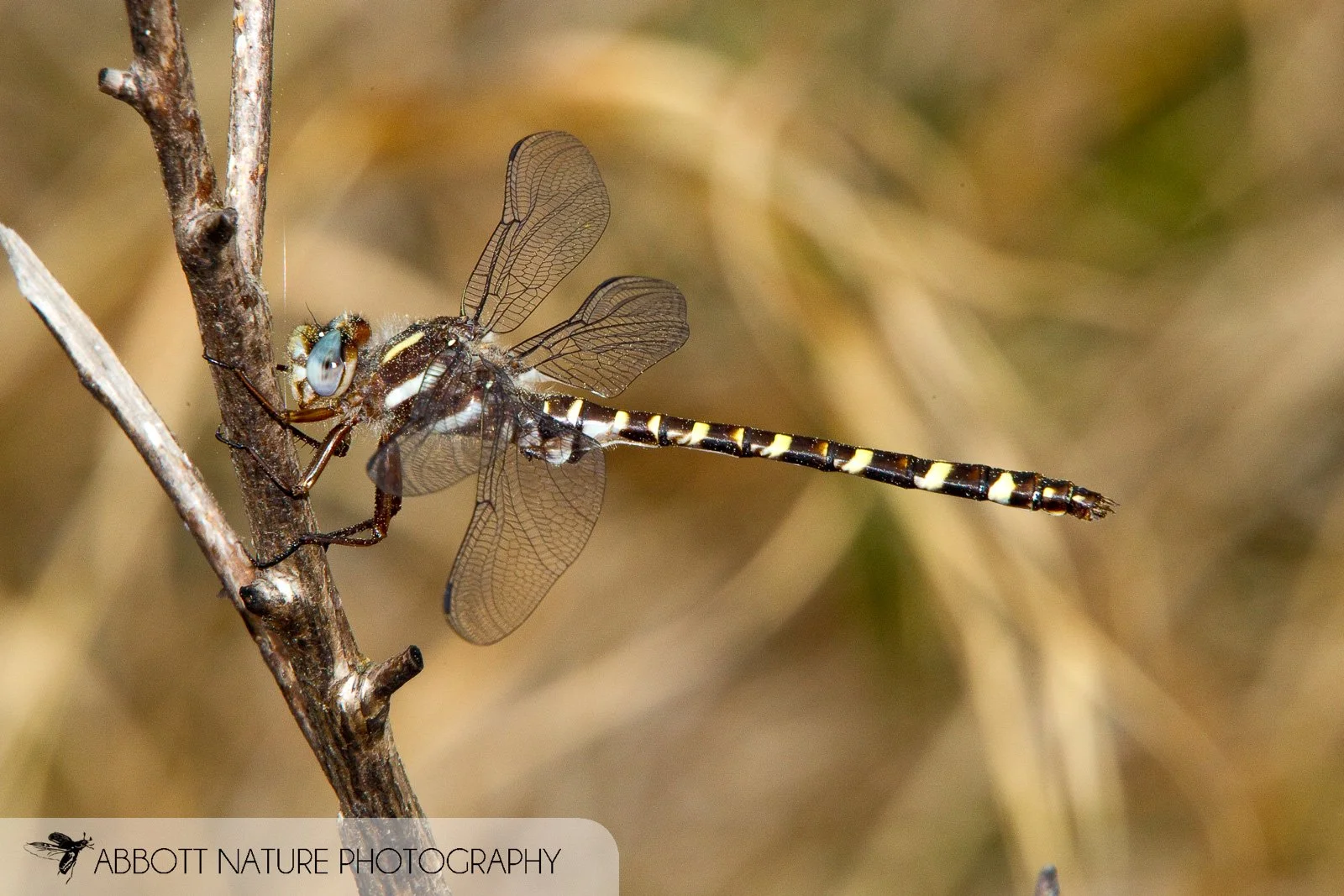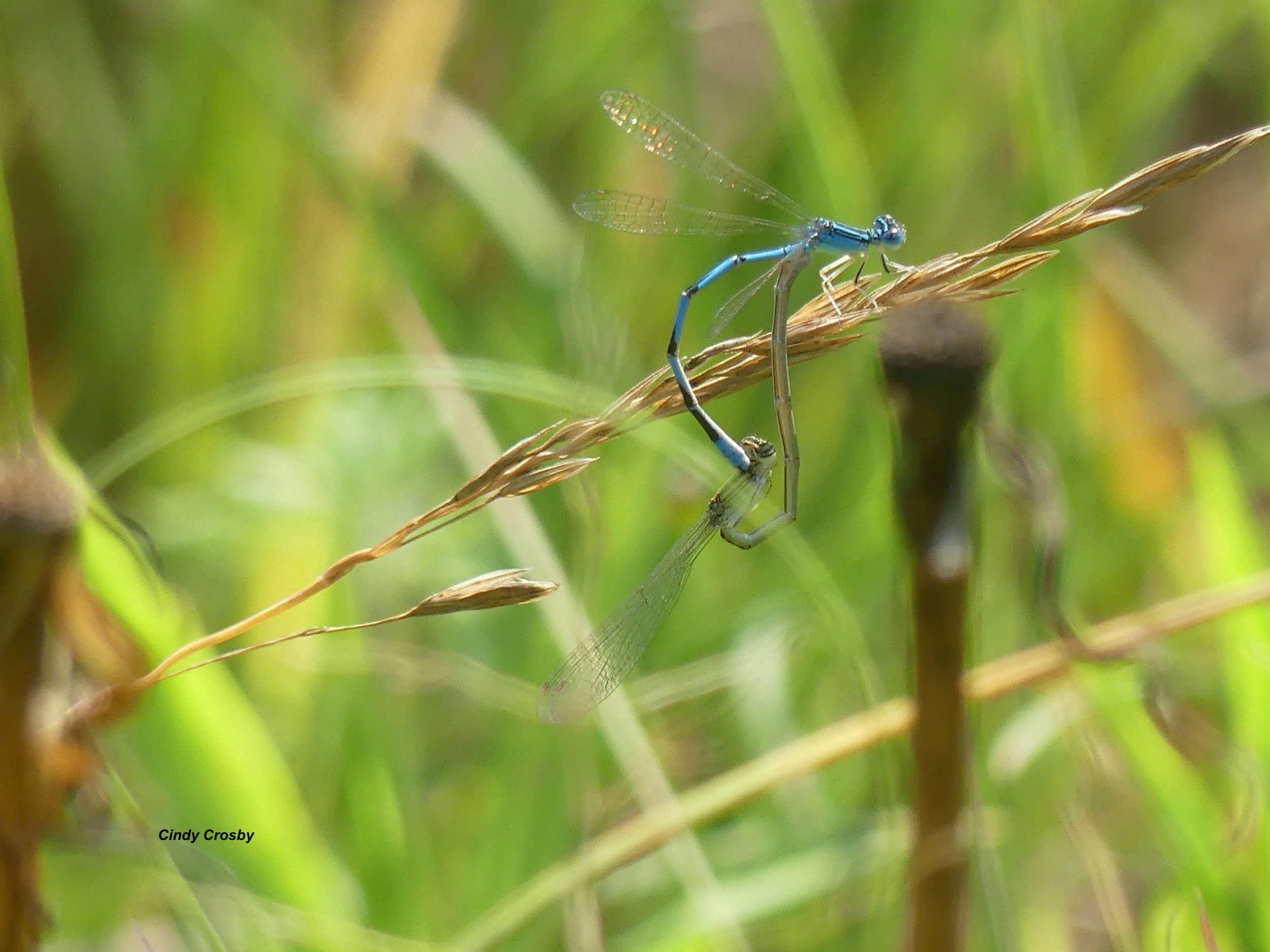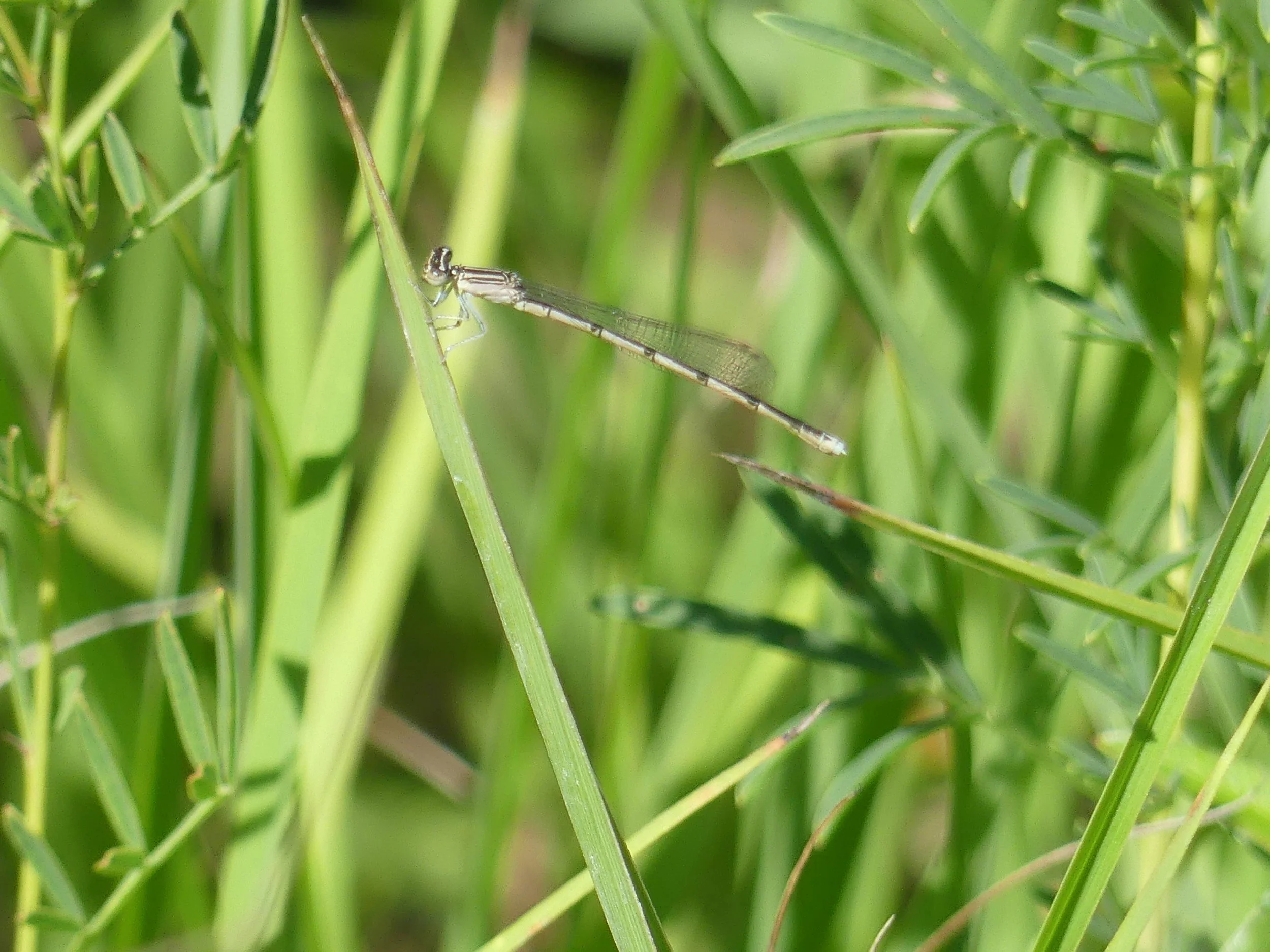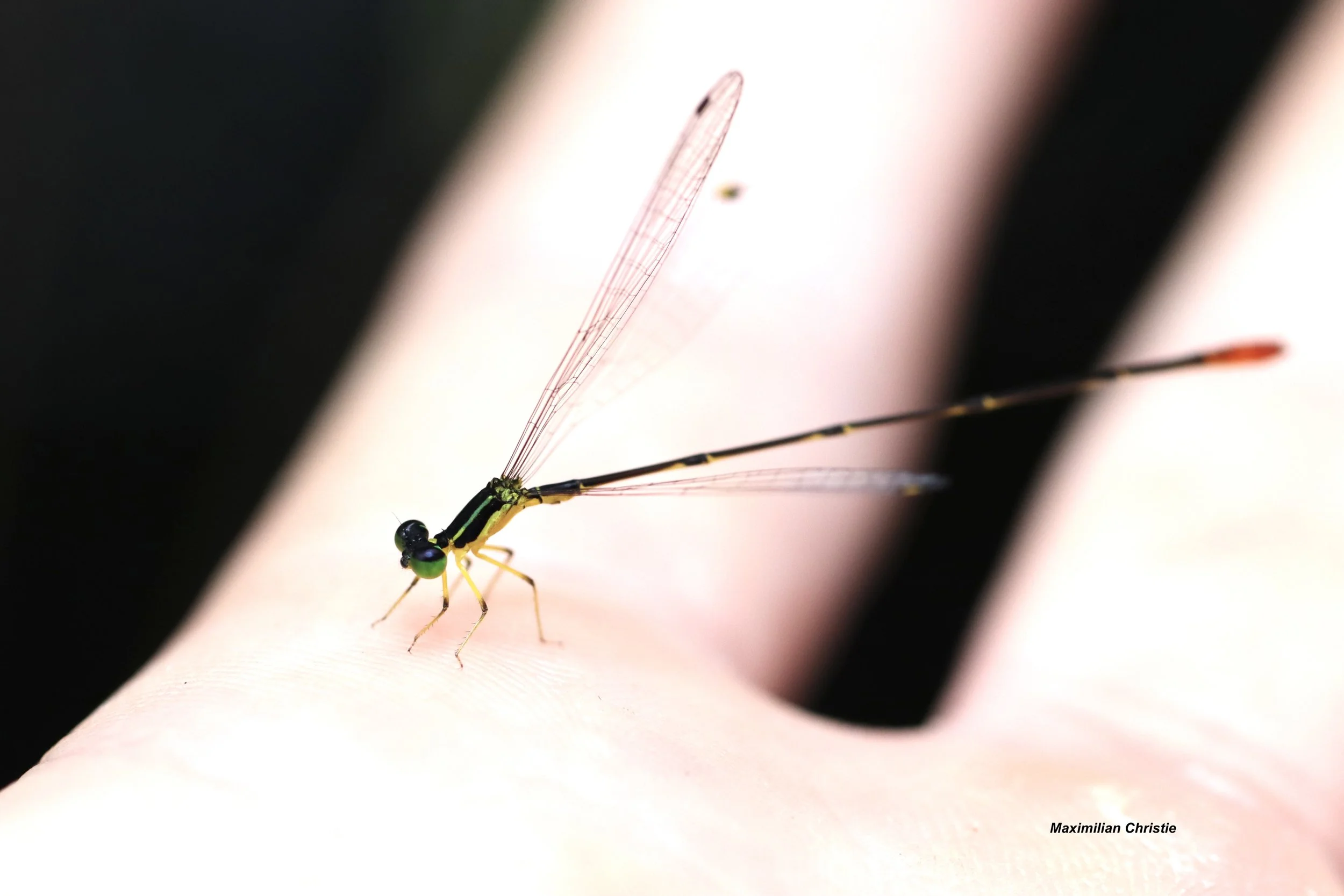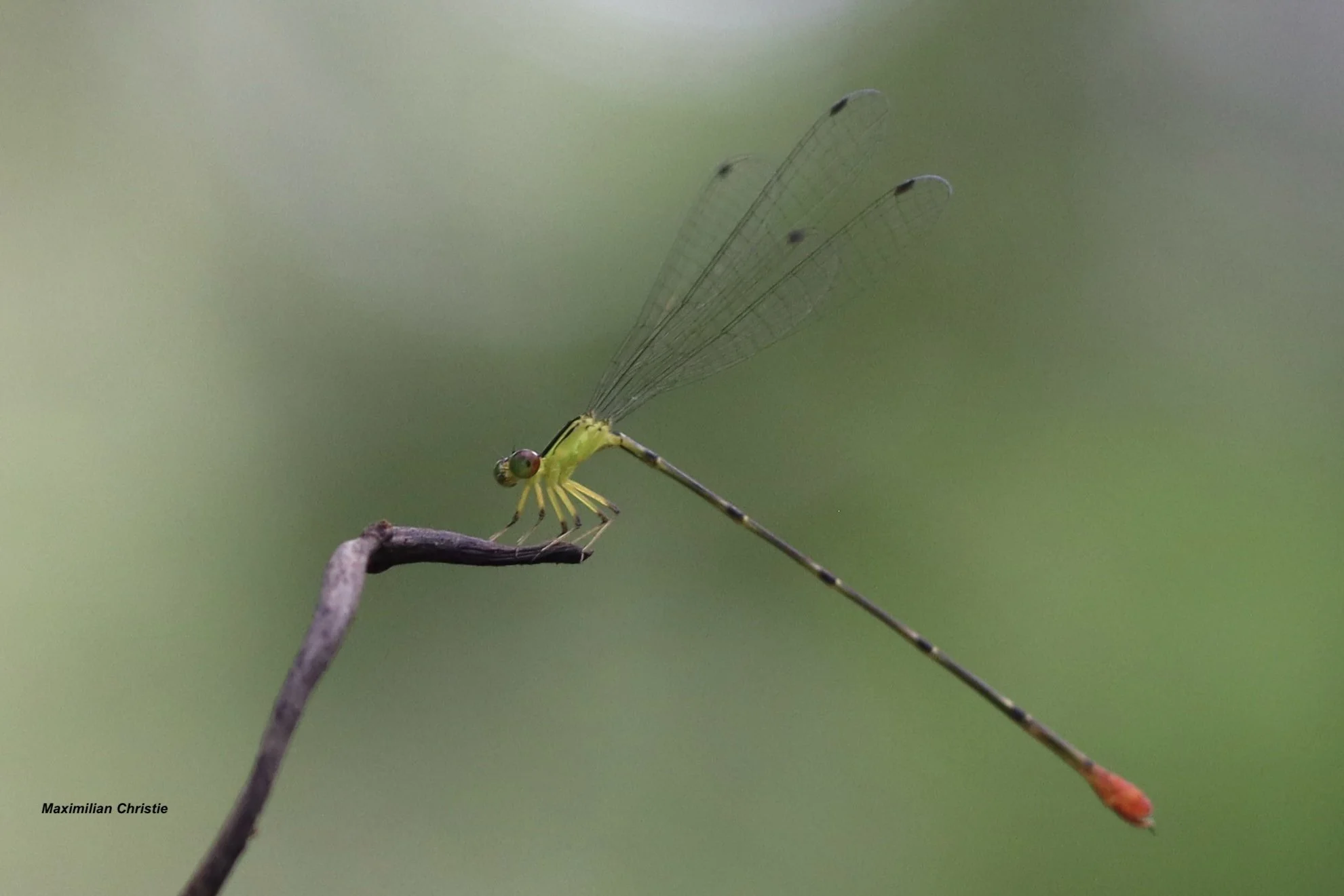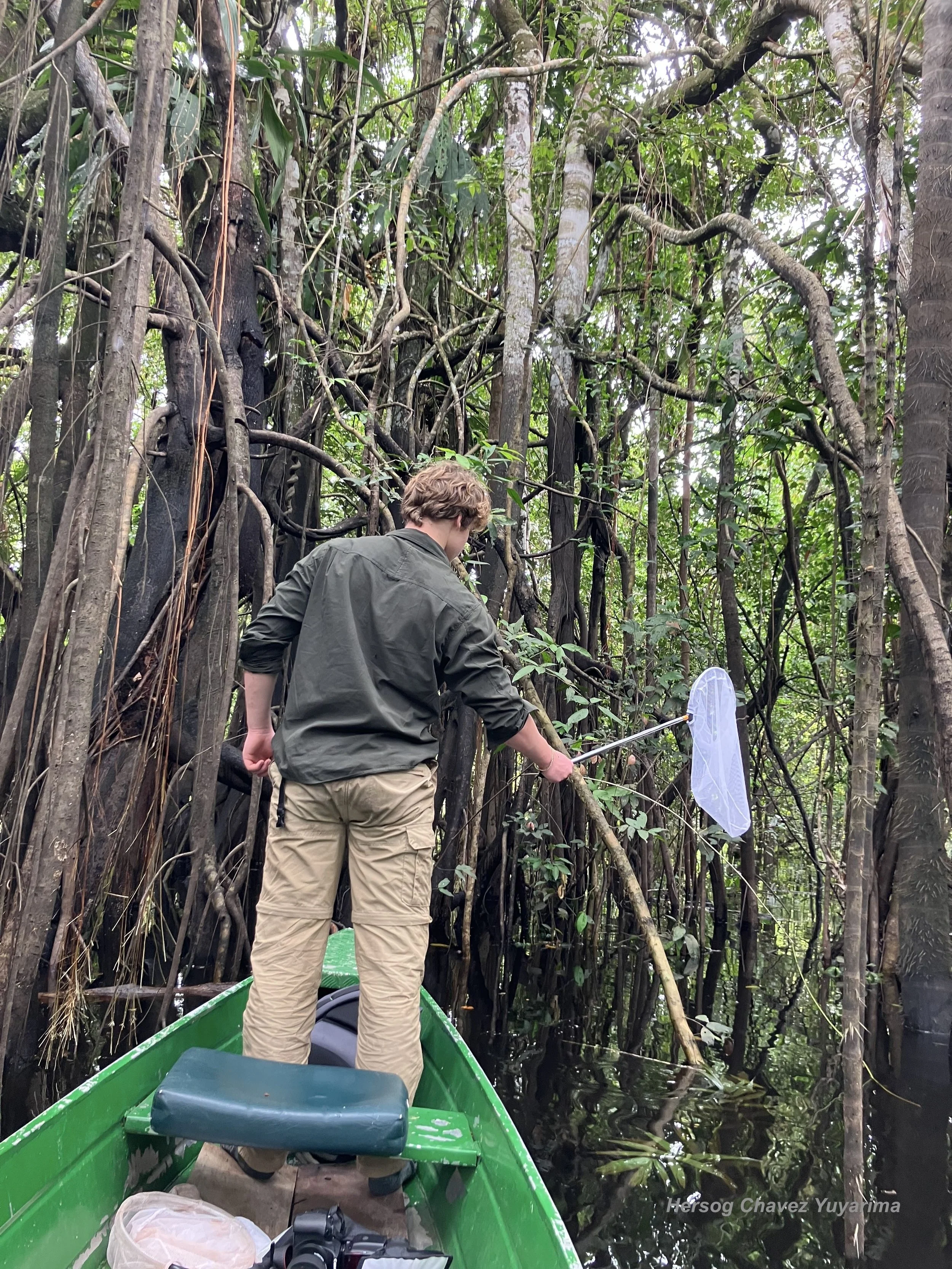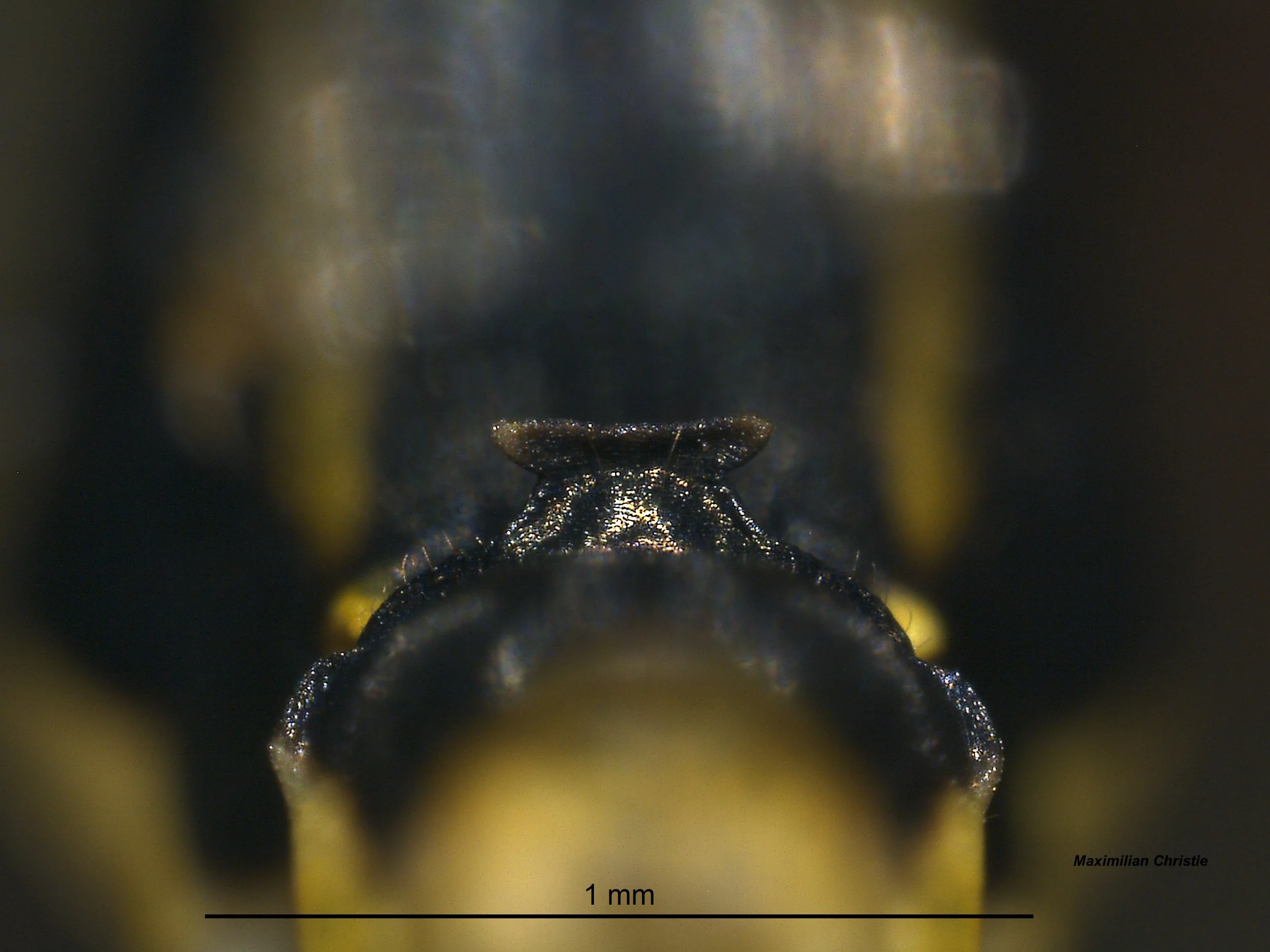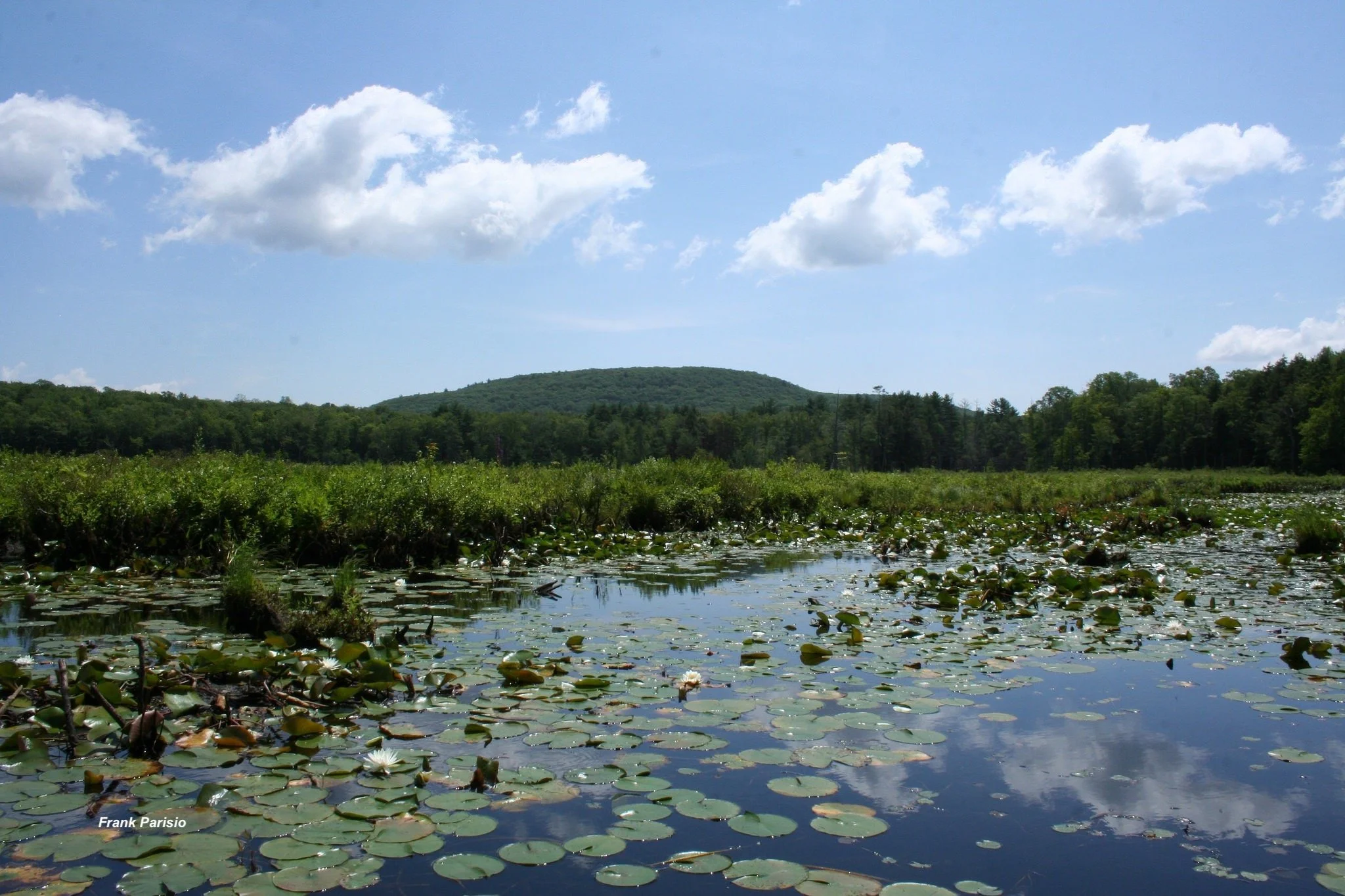Neoneura maria, male. Cambute River, Guanabacoa, Havana. Photo by Ana María Hernández.
January 2026 Species of the Month: Neoneura maria
This month’s DSA species focus is the damselfly Neoneura maria. It is in the family Protoneuridae, and one of six endemic Cuban species. Neoneura maria is 32 mm long (about 1.26 inches) and usually found in clean, shady rivers. Read on to learn about this exciting species from Ana Maria Hernández.
Love at First Photo
My first encounter with Neoneura maria changed my life.
It came after a long journey. For 21 years I worked in biotechnology, dedicated to cancer research, a field that brought me immense satisfaction. But since childhood, my passion has always been animals and their conservation. After years of wavering between continuing a successful path or pursuing my dream, I mustered my courage and embarked on a fresh start in the fascinating world of biology.
That's how I arrived at the Faculty of Biology at the University of Havana, Cuba, joining the Genetics for Conservation group. There, I began collaborating on various projects within the Entomology Group. I still did not have a clearly defined path for myself.
Then I met Dr. Adrian Trapero, an Odonata specialist and now my mentor and friend. He was writing a book about Cuban dragonflies and needed photographs. Dr. Trapero asked for my help because my husband, a professional photographer, had a camera and lens that we thought would be suitable that I could use.
My husband gave me the basic instructions for taking a photo without knowing anything about the characteristics of our “model”, and Dr. Trapero and I agreed on a date for the excursion. At that time, I only had a very basic understanding of damselflies and didn't know any of the Cuban endemic species. But I did know that they generally inhabited pristine, shady mountain rivers. So I was surprised when Dr. Trapero suggested looking for it at a river in a green, semi-urban area, on the outskirts of Havana. It was still in part of the city, with the consequent influx of people, accumulation of trash, and pollution from household waste. "Neoneura maria is the most resilient of our endemic species," Dr. Trapero explained to me. "It's the only endemic species that exists in all parts of Cuba, even in Isla de la Juventud." (Isla de la Juventud is a small island isolated from the main island.) After passing by a housing settlement, we followed a rural road that crossed a railway line. The road was occasionally interrupted by small streams, where children bathed and livestock drank.
Studying the water characteristics of the transect of Cambute River where we monitor Neoneura maria with Javier Yraola Rodríguez. Photo by Angelica M. Amador de la Cruz (used with permission).
As we ventured deeper into the undergrowth, the road narrowed and began to run alongside the banks of a somewhat wider river.
"It's this way," Dr. Trapero told me. We carefully began our damselfly search. It took a long time. With its 32 mm length (about 1.26 inches) and the slender, graceful body of Protoneurids, we were looking for a bright blue pinprick in the green undergrowth.
Neoneura maria, male. Cambute River, Guanabacoa, Havana. Photo by Ana María Hernández.
Dr. Trapero was the first to spot the damselfly. "It's there!" he pointed, on the opposite bank in the shadows, beneath the leaves. I couldn't see anything until I used my camera lens. And, there it was. My impression was one of utter awe: there, in plain sight—yet invisible to those not actively seeking it—was one of the most beautiful animals I had ever seen.
It seemed to cast a spell on me. My decision was made in seconds. These are the animals I want to study. The photos from that day were terrible, but they were the first of many. That day marked the beginning not only of my passion for odonatans, but also my passion for nature photography.
In that small river, thanks to a Dragonfly Society of the Americas Small Research Grant, we have begun to study this species. There is very little information about it. The International Union for Conservation of Nature (IUCN) has listed Neoneura maria as “Data Deficient.” For over a year, we have monitored population fluctuations and its response to hurricanes, droughts, and the constant rise in temperature, exacerbated by climate change.
We delight in watching the territorial males patrolling the river's surface, waiting for the females to descend from their hiding places in the riparian trees. The females, as is typical in odonates, are less showy. Their pale brown and blue colors are just as beautiful, and their intense blue eyes seem to see everything.
Neoneura maria female. Cambute River, Guanabacoa, Havana. Photo by Ana María Hernández.
In this river, we were able to photograph this species mating for the first time.
Neoneura maria. Cambute River, Guanabacoa, Havana. Photo by Ana María Hernández.
We were also able to photograph its ovipositing habits. This damselfly mostly oviposits in groups, in tandem, with the male erect and not flapping his wings.
Neoneura maria group oviposition. Cambute River, Guanabacoa, Havana. Photo by Ana María Hernández.
He holds the female by her prothorax with his cerci while she curves her abdomen to insert her eggs onto floating rafts of plant fragments, but also—sadly—onto plastic bottles and containers that pollute the river. We hope that the data we collect will be used to propose viable management plans, especially focused on the conservation of this species' freshwater habitat.
Neoneura maria ovipositing surrounded by bottles and garbage dumped in the river. Cambute River, Guanabacoa, Havana. Photo by Ana María Hernández.
The main stakeholders and beneficiaries of these actions will be the local communities. Our presence on the river attracts the attention of the locals, and especially the children who sometimes accompany us. They are amazed and incredulous when we teach them about the beauty that inhabits their river.
We trust that these children will become the guardians of this hidden treasure in Havana.
Ana Maria Hernández lives in Havana, Cuba, where she works as researcher at the Genetics for Conservation group, Faculty of Biology at the University of Havana. She is leading the project Population genetic and ecological aspects of endemic odonatans species in western Cuba. Contact email: maraborys42@gmail.com.
